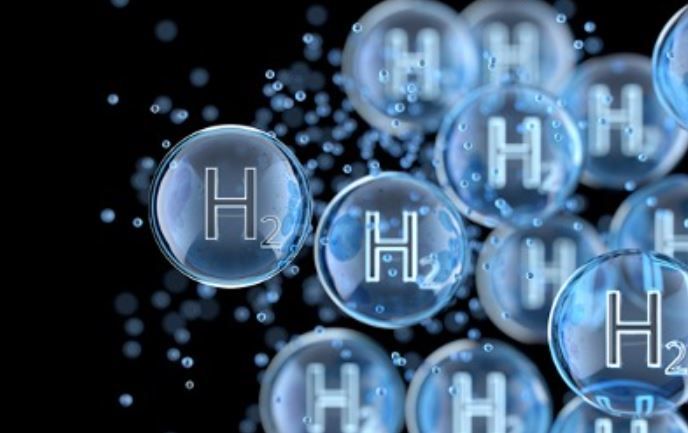Daimler Truck AG, Hamburger Hafen und Logistik AG (HHLA), and Kawasaki Heavy Industries signed a Memorandum of Understanding (MoU) to explore a reliable liquid hydrogen (LH₂) supply chain connecting overseas production hubs with the European hinterland via the Port of Hamburg.
The collaboration marks a notable shift from theoretical ambition to logistical pragmatism. Over the coming months, the partners will conduct a joint feasibility study focused on transshipment, storage, and multimodal distribution — including transport by hydrogen-fueled road and rail. Their objective is to identify the infrastructure and operational models necessary to enable cost-effective and scalable hydrogen movement within Europe.
“Europe will rely on green energy imports, and hydrogen is key,” said Dr. Andreas Gorbach, Member of Daimler Truck’s Board of Management. His statement reflects a structural truth underscored by the European Commission: by 2030, the EU expects to import around 10 million tonnes of renewable hydrogen annually to meet decarbonization targets. Liquid hydrogen, though technically demanding, provides a higher energy density and simplified storage logistics compared to gaseous forms — positioning ports such as Hamburg as pivotal nodes in the developing energy trade map.
For HHLA, the project aligns directly with its 2040 climate neutrality roadmap and the Clean Ports & Logistics cluster, an initiative testing hydrogen fuel cells in cargo handling and heavy-duty transport. CFO Annette Walter emphasized that liquid hydrogen offers a flexible alternative to pipelines, enabling energy distribution to remote or industrial areas without extensive infrastructure expansion. This model, if proven viable, could significantly reduce grid bottlenecks while supporting decentralized hydrogen use in mobility and small business applications.
Kawasaki Heavy Industries, a pioneer in liquid hydrogen technologies, brings proven experience from its Suiso Frontier project — the world’s first liquefied hydrogen carrier launched in 2019. The company’s Group Vision 2030 aims to establish hydrogen as a mainstream global energy vector, supported by vessel capacities of up to 160,000 m³, comparable to today’s LNG carriers.
By integrating Kawasaki’s maritime expertise with HHLA’s logistics network and Daimler’s vehicle technology, the consortium is effectively testing the entire value chain — from hydrogen shipping and port handling to final distribution. This vertical alignment could serve as a model for other European ports, several of which are developing similar hydrogen import terminals from 2026 onward.
Hydrogen Mobility as the Final Link
For Daimler Truck, the partnership offers more than strategic positioning; it directly connects to the company’s dual-track zero-emission transport strategy. Alongside battery-electric vehicles, Daimler continues to advance its Mercedes-Benz GenH2 Truck, a long-haul prototype powered by liquid hydrogen. In 2023, one such truck achieved a 1,047 km range on a single tank, proving both endurance and energy efficiency under operational conditions.
Customer trials with five vehicles have already logged over 225,000 kilometers, and a second testing phase is scheduled for 2026. The manufacturer plans limited production of 100 next-generation hydrogen semitrailer tractors at its Wörth plant in Germany, with full-scale commercialization anticipated in the early 2030s. Such vehicles could ultimately form the backbone of Europe’s hydrogen logistics, closing the loop from import terminals to inland industry.
The Port of Hamburg stands to gain strategic importance as Europe diversifies its hydrogen import routes. Competing terminals in Rotterdam, Wilhelmshaven, and Bilbao are already advancing their own liquefaction and storage projects, but Hamburg’s integration of transport, logistics, and vehicle technology gives it a potentially unique advantage.
Stay updated on the latest in energy! Follow us on LinkedIn, Facebook, and X for real-time news and insights. Don’t miss out on exclusive interviews and webinars—subscribe to our YouTube channel today! Join our community and be part of the conversation shaping the future of energy.
